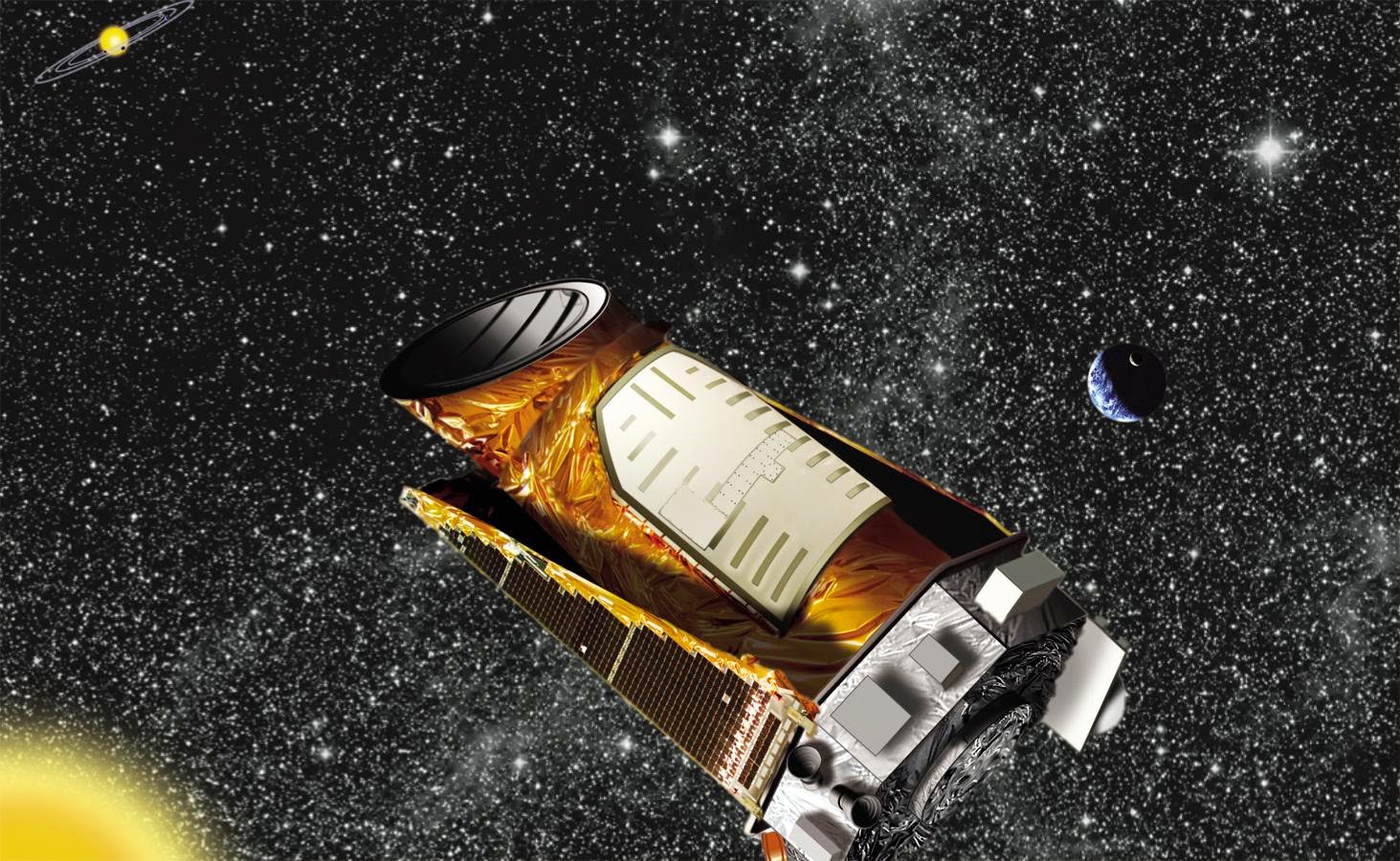This image illustrates possible ways methane might be added to Mars' atmosphere (sources) and removed from the atmosphere (sinks).
NASA's Curiosity Mars rover has detected fluctuations in methane concentration in the atmosphere, implying both types of activity occur on modern Mars.
Credit: NASA/JPL-Caltech/SAM-GSFC/Univ. of Michigan
NASA's Curiosity Mars rover has measured a tenfold spike in methane, an organic chemical, in the atmosphere around it and detected other organic molecules in a rock-powder sample collected by the robotic laboratory's drill.
"This temporary increase in methane, sharply up and then back down, tells us there must be some relatively localized source," said Sushil Atreya of the University of Michigan, Ann Arbor, and Curiosity rover science team.
"There are many possible sources, biological or non-biological, such as interaction of water and rock."
Researchers used Curiosity's onboard Sample Analysis at Mars (SAM) laboratory a dozen times in a 20-month period to sniff methane in the atmosphere.
During two of those months, in late 2013 and early 2014, four measurements averaged seven parts per billion.
Before and after that, readings averaged only one-tenth that level.
Curiosity also detected different Martian organic chemicals in powder drilled from a rock dubbed 'Cumberland', the first definitive detection of organics in surface materials of Mars.
These Martian organics could either have formed on Mars or been delivered to Mars by meteorites.
Organic molecules, which contain carbon and usually hydrogen, are chemical building blocks of life, although they can exist without the presence of life.
Curiosity's findings from analyzing samples of atmosphere and rock powder do not reveal whether Mars has ever harboured living microbes, but the findings do shed light on a chemically active modern Mars and on favorable conditions for life on ancient Mars.
"We will keep working on the puzzles these findings present," said John Grotzinger, Curiosity project scientist of the California Institute of Technology in Pasadena (Caltech).
"Can we learn more about the active chemistry causing such fluctuations in the amount of methane in the atmosphere? Can we choose rock targets where identifiable organics have been preserved?"
Researchers worked many months to determine whether any of the organic material detected in the Cumberland sample was truly Martian.
Curiosity's SAM lab detected in several samples some organic carbon compounds that were, in fact, transported from Earth inside the rover.
However, extensive testing and analysis yielded confidence in the detection of Martian organics.
NASA's Curiosity Mars rover has detected fluctuations in methane concentration in the atmosphere, implying both types of activity occur on modern Mars.
Credit: NASA/JPL-Caltech/SAM-GSFC/Univ. of Michigan
NASA's Curiosity Mars rover has measured a tenfold spike in methane, an organic chemical, in the atmosphere around it and detected other organic molecules in a rock-powder sample collected by the robotic laboratory's drill.
"This temporary increase in methane, sharply up and then back down, tells us there must be some relatively localized source," said Sushil Atreya of the University of Michigan, Ann Arbor, and Curiosity rover science team.
"There are many possible sources, biological or non-biological, such as interaction of water and rock."
Researchers used Curiosity's onboard Sample Analysis at Mars (SAM) laboratory a dozen times in a 20-month period to sniff methane in the atmosphere.
During two of those months, in late 2013 and early 2014, four measurements averaged seven parts per billion.
Before and after that, readings averaged only one-tenth that level.
Curiosity also detected different Martian organic chemicals in powder drilled from a rock dubbed 'Cumberland', the first definitive detection of organics in surface materials of Mars.
These Martian organics could either have formed on Mars or been delivered to Mars by meteorites.
Organic molecules, which contain carbon and usually hydrogen, are chemical building blocks of life, although they can exist without the presence of life.
Curiosity's findings from analyzing samples of atmosphere and rock powder do not reveal whether Mars has ever harboured living microbes, but the findings do shed light on a chemically active modern Mars and on favorable conditions for life on ancient Mars.
"We will keep working on the puzzles these findings present," said John Grotzinger, Curiosity project scientist of the California Institute of Technology in Pasadena (Caltech).
"Can we learn more about the active chemistry causing such fluctuations in the amount of methane in the atmosphere? Can we choose rock targets where identifiable organics have been preserved?"
Researchers worked many months to determine whether any of the organic material detected in the Cumberland sample was truly Martian.
Curiosity's SAM lab detected in several samples some organic carbon compounds that were, in fact, transported from Earth inside the rover.
However, extensive testing and analysis yielded confidence in the detection of Martian organics.



















































